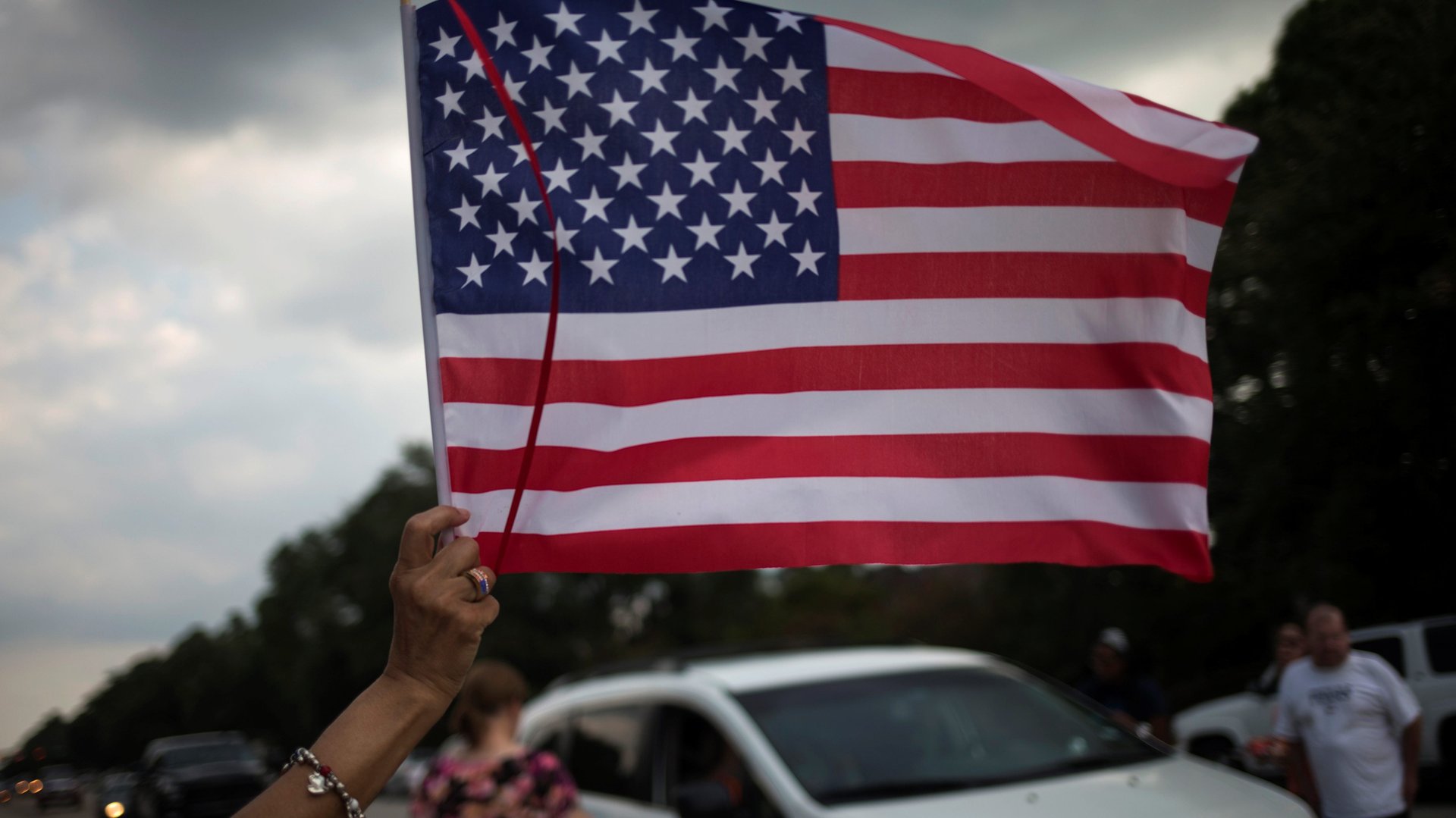In trying to protect American jobs, Trump is targeting the wrong visa programmes
The foreign work visa programme at the top of Donald Trump’s hit list is the least harmful to American workers.


The foreign work visa programme at the top of Donald Trump’s hit list is the least harmful to American workers.
H-4 visas, allocated to spouses of H-1B workers waiting in line for green cards to be processed, will likely be terminated by the Trump administration in the near future. However, David North, a fellow at pro-immigration reduction non-profit Center for Immigration Studies (CIS), argues that employers don’t give preference to these workers over US citizens.
“H-4 migrants can work anywhere they choose, can change jobs without endangering their status, and get no subsidies,” North wrote in a post for CIS on May 08. “The employer class thus has no special interest in these workers.”
A little over 120,000 employment authorisation documents (EADs) have been issued since the Barack Obama administration put the rule into effect in May 2015. Most have gone to Indians and nine in 10 to women.
In his analysis, North finds that the optional practical training (OPT) and H-2A programmes, directed at foreign students and farm workers respectively, are actually way bigger threats to Americans’ job security.
For instance, both programmes carry government subsidies, incentivising employers to hire from abroad. “An employer of an OPT college grad, or an H-2A farm worker does not have to pay the usual payroll taxes, but if the same employer hired an American to do the same job at the same salary it would have to pay into the Social Security, Medicare, and Federal Unemployment trust funds, for total of a little over 8% of payroll,” North said. “Understandably, some employers prefer to hire alien workers at a discount, rather than US workers at the usual rates.”
Besides, workers on foreign visas are bound to the employer and not free to move as Americans or H-4 visa-holders are—that’s one way to ensure stability within the workforce, for better or for worse.
The Trump administration has acted harshly with the least harmful programmes while keeping mum on the extreme ones. Here’s what North has to say about them:
H-2A: “There is no statutory ceiling on the number of these farm workers admitted each year, and the department of labor certified 172,654 positions in 2016 and 242,762 in 2018 (the 2017 figure is not available), thus a major expansion of the programme.” (In comparison, the H-1B skilled immigrant programme caps annual visa allocations at 85,000.)
OPT: “Here are the recent numbers for this population of alien graduates of US universities—2015: 160,623; 2016: 192,841; and 2017: 219,635. The administration—and I have been listening carefully—has not said a word about this programme, which primarily benefits alien alumni and their employers. It is often used by major H-1B employers as a useful, middle step between alien college student and H-1B worker.”
H-4: “These are typically college graduate spouses (primarily women) of senior, employer-favored H-1B workers. The latter usually have been in the US for several years and have been selected by their employers for green card sponsorship, which will be delivered only many years hence. The administration is threatening to close down the programme, but has not yet done so.”